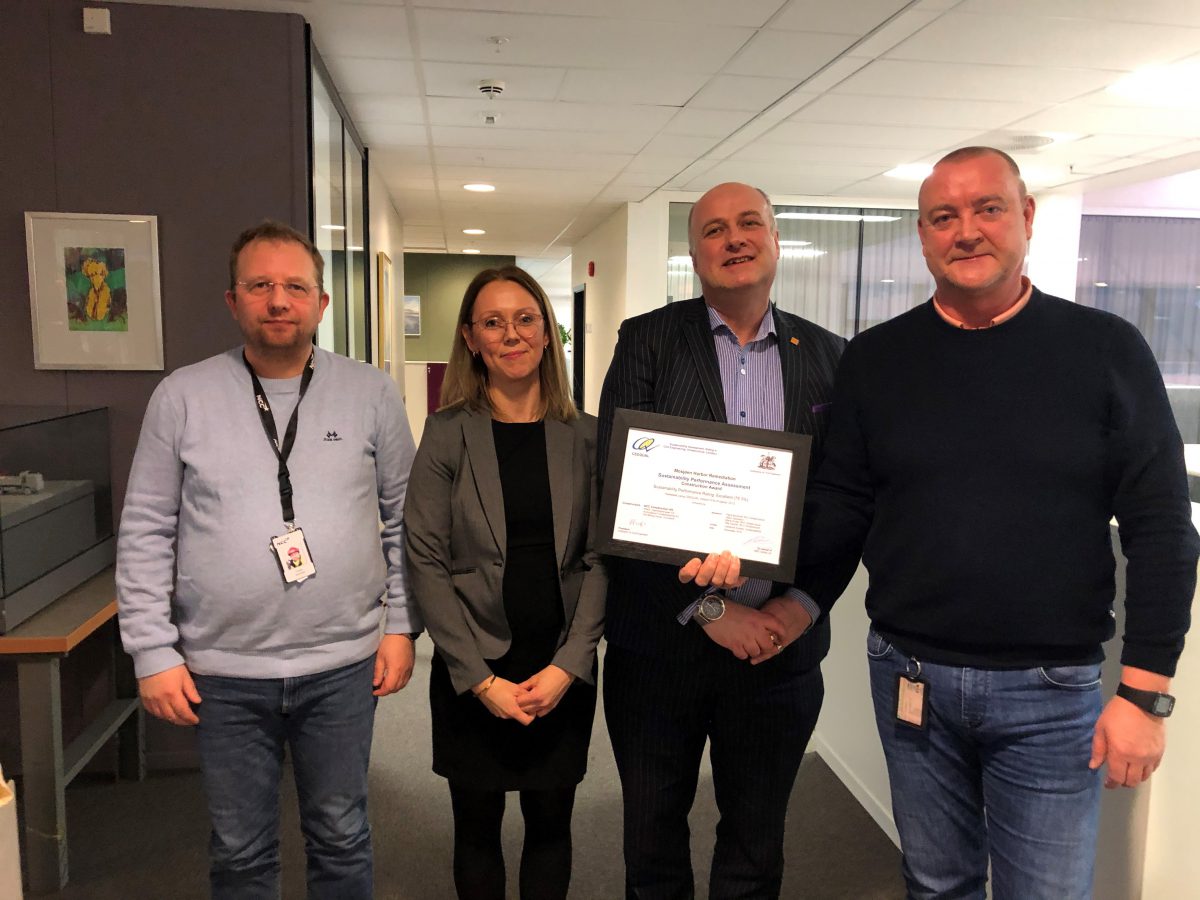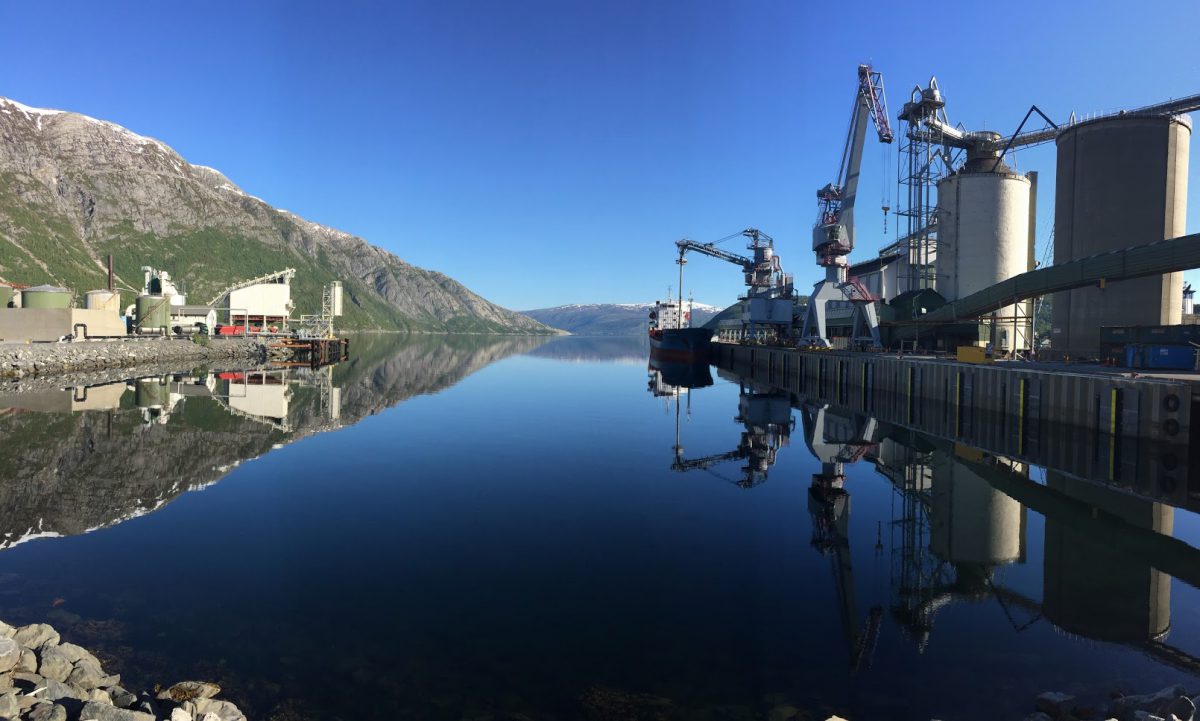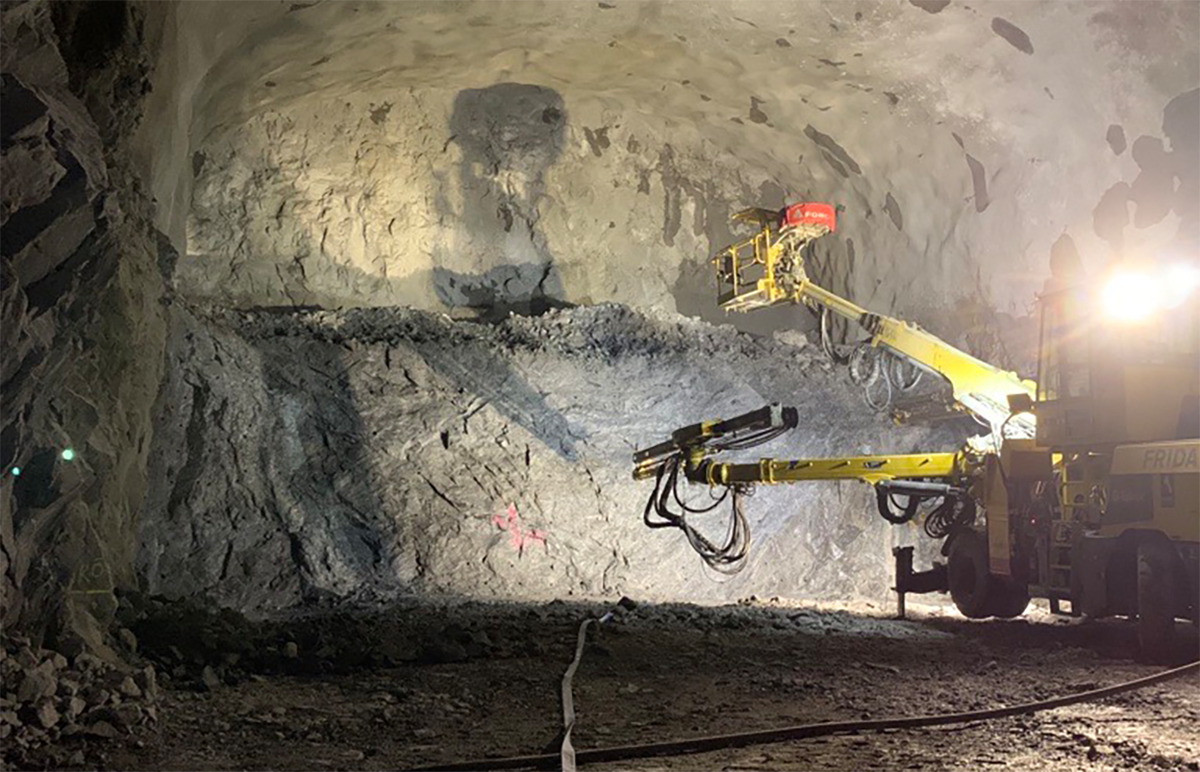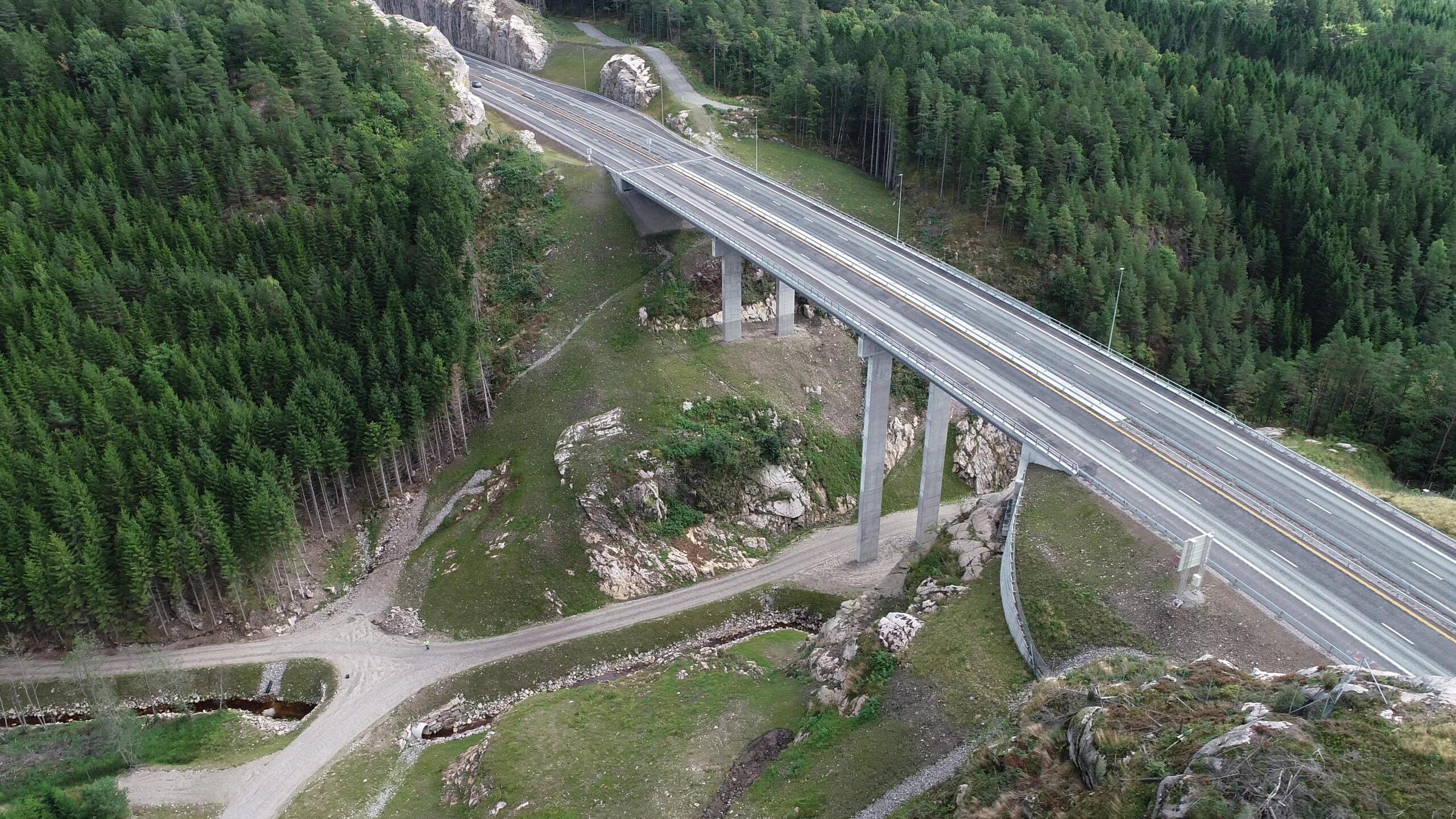CEEQUAL Excellent (75.3%) – Construction Award
Version 5, November 2019 | Mosjoen, Norway
Assessors: Petra Brinkhoff, Marie Krusa and Rita Garcao, NCC Infrastructure
Verifier: Catherine Arotsky, Sustainability2
Constructors: NCC Construction AS, KNAS, Sjøentreprenøren AS, Kynningsrud Fundamentering AS, Soil Mixing Group, Corroteam

Project Summary
Alcoa Mosjøen Harbor is located in Mosjøen, Vefsn Municipality in Nordland, county in Norway and is the harbor area for Alcoa Mosjøen. The harbor is in the inner part of Vefsn Fjord close to the outlet of the river Vefsna. Since 1958, it has produced aluminum in Mosjøen and this has led to heavy contamination of the sediment in the harbor area, mainly consisting of PAH. Today’s production technology is not leading to any contamination of the basin.
Mosjøen Harbor Remediation includes dredging of contaminated sediment and placement of this sediment in steel sheetpile cells (CDF) for an extension to an existing wharf. After the dredging was completed the seafloor was capped with clean material, i.e. sand and gravel.
During dredging, the turbidity and movement of sediments was closely monitored both close to the barges and in carefully selected places in the fjords.
The CDFs were filled with the contaminated sediments and the placement of different sediments was documented to discover what contaminations were deposited where in the CDF as well as monitored during filling. The sediments where thereafter stabilized and in the end, it made an extension of the exiting wharf. This means better capacity both for Alcoa and the municipality of Vefsn.
Main activities during construction:
- Measuring of the sea floor before and after dredging
- Clean up of the sea floor before dredgin
- Protection of the sea water intake prior to works. The water intake is crucial to the production in the smelter as it is used for purification of gasses from the electrolysis.
- Improvements of existing wharf
- Construction of CDF – 6 cells in total
- Dredging of total 30.000 m3 sediment
- Water treatment of the water from the cells
- Capping of the sea floor after dredging
- Stabilization of the dredged material after placement in CDF
- Placement of cover – CDF is now an extension of the existing wharf
- Monitoring before, during and after dredging and capping, as well as mitigation actions:
– Current measures, turbidity, sediment trap – the results were used for the total calculation of environmental budget
– Noise and dust mitigation

Challenges
- The high level of ship traffic in the harbor
- Conducting work in a way that did not interrupt operations both in the harbor and the industry operations
- Protecting the stability of the wharf during sediment remediation operations
- Maintaining operation of scrubber water intake during operations
- Conducting the work in a way to limit movement of sediments outside the harbor during the dredging

Why did this project use CEEQUAL?
NCC thought it was of great interest to test the CEEQUAL methodology to see how our projects and processes complied with the certification. Alcoa Mosjøen was a suitable project at the time with clear environmental and social goals for the outcome of the project. CEEQUAL was initialized by NCC after the project had started.
Which elements of the project highlighted best practice and innovation?
Placing the dredged contaminated sediments/material in the CDF and not transporting them to a landfill was a very good choice from many perspectives. By doing that no transportation on land was necessary. Also, the construction of the CDF was a part of an extension of the existing wharf which improved the capacity of the wharf with 250 m long front.
The use of local material as gravel and sand for capping reduced transport significantly compared to if the material had been taken from another source. Also, the monitoring highlighted best practice and innovation.
Did CEEQUAL represent good value for money?
Implementing of the CEEQUAL methodology in this project was of great advantages for NCC. The process and result of the certification show that NCC’s processes and way of working complies with the demands of CEEQUAL. Furthermore, some area for improvement in the environmental management system was identified. For NCC this process has been very useful even though it has not been easy to calculate the benefits in an exact amount of money.

CEEQUAL Section Specific Achievements
Project Management
Since the main purpose of this project was to improve the situation regarding polluted sediments in the harbor, the goals for the results were very clear from the beginning and the whole project team worked with this in mind.
All works and activities were recorded and followed closely to be sure the goals were reached. The sustainability aspects were integrated in the overall process for the project.
Water Environment
The quality of the water both in the Vefsnfjord and in the river Vefsna were monitored and followed closely during the dredging and after completion of the project. It was necessary to have good control of the distribution of the sediments during the operation and prevent it from polluting the recipients close to the harbor. Turbidity measures at selected stations were done continuously and target values set for spreading. Salinity, temperature and current were measured. Also, stations with mussels are being monitored.
Water from CDF (after disposing the sediments) had to be treated not to spread pollutants back in the harbor and the Vefsnfjord. This was done by designing a water treatment plant meeting the requirements of maximum 60 mg SS/L water.
The environmental budget and calculations done after completion of the project shows that more than 15,000 kg PAH have been removed from the harbor.

CEEQUAL insights and case studies
Browse the latest insights, thinking and case studies from CEEQUAL

Stockholm Metro Nacka project awarded Excellent

Stockholm Metro Sofia access tunnel a BREEAM Infrastructure success

Stockholm Extended Metro access tunnel Sundstabacken achieves CEEQUAL Excellent rating

Preparatory works for the new water treatment system in Oslo achieves BREEAM Infrastructure Excellent rating

E39 Mandal øst – Mandal

Bybanen D18 Sykkelvei Kronstadtunnelen
Get in touch

